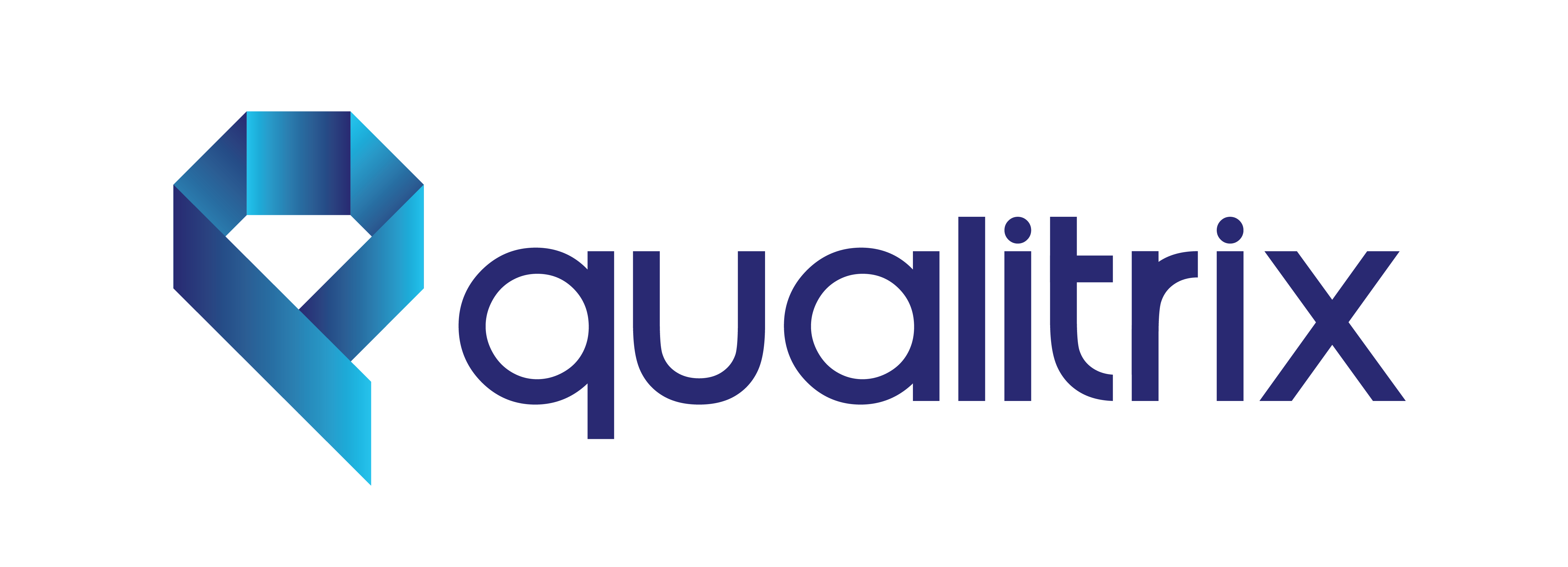As digital banking continues to dominate the financial services landscape, the demand for rapid, seamless, and secure experiences is higher than ever. With millions of users accessing banking services via mobile apps and online platforms, banks must ensure that every update and release meets the highest standards of quality. This is where AI-powered testing is transforming the digital banking experience, helping institutions deliver better products faster, with fewer errors.
In 2024, artificial intelligence (AI) is no longer a future technology for digital banking—it is an essential tool for ensuring scalability, performance, and security. AI-driven testing offers banks the ability to streamline their testing processes, reduce manual intervention, and ensure that their platforms can handle the demands of modern banking customers. With AI-based testing, digital banks can address core challenges such as ensuring performance under high load, maintaining security, and speeding up time-to-market.
Why Digital Banking Needs AI in Testing
Digital banking platforms must be robust, highly scalable, and secure to handle millions of daily transactions. Traditional manual and even automated testing approaches struggle to keep pace with the rapid release cycles and complex, interconnected systems of today’s banking apps. Some of the key pain points include:
Long release cycles: Traditional testing methods slow down releases, as manual testing and regression testing take time to complete.
Missed bugs in complex scenarios: The rise of complex microservices and APIs increases the likelihood of missed defects in testing.
Inability to handle real-world scenarios: Simulating real-world use cases manually, such as different devices, network conditions, and geographic locations, is time-consuming and prone to error.
AI-based testing can solve these problems by automating routine tasks, identifying high-risk areas faster, and adapting to changes more efficiently. AI tools analyze vast amounts of data, predicting where bugs might occur and recommending test scenarios to cover them.
The Role of AI in Digital Banking QA
AI enhances digital banking quality assurance (QA) in several key ways:
1. Autonomous Testing:
AI can generate test cases autonomously based on application requirements and historical test data. This capability allows QA teams to move away from writing repetitive scripts and focus on higher-level tasks. By generating intelligent test cases that cover edge cases and complex interactions, AI ensures that no critical areas are missed.
2. AI-Driven Test Optimization:
In a dynamic digital banking environment, AI optimizes testing by analyzing code changes and prioritizing test cases. This process, known as impact analysis, ensures that only the most relevant tests are run after each update, cutting down on redundant testing and speeding up release cycles.
Example: A digital bank could reduce regression testing time by 40% by using AI to identify which tests were necessary after a minor UI update, skipping tests on unaffected areas.
3. Self-Healing Test Automation:
One of the challenges of traditional test automation is that tests can break when the application changes, requiring manual intervention to fix. AI-based systems can “self-heal” by automatically updating test scripts when minor changes are detected, ensuring uninterrupted test execution.
4. Predictive Analytics for Defect Prevention:
AI algorithms can predict defects before they occur by analyzing historical data from previous releases. This helps teams identify high-risk areas and focus their testing efforts where it’s needed most, preventing issues from reaching production.
Example: AI-driven predictive models helped one bank flag certain modules of their mobile app as high risk based on past defect patterns. Focused testing of these modules reduced the incidence of bugs by 30%.
5. Real-User Behavior Simulation:
AI tools can simulate real-world user interactions across devices, networks, and locations. For digital banks, this means ensuring that apps perform well for users with different operating systems, languages, or regions, reducing the risk of performance degradation for any group.
How Qualitrix Can Help with AI-Based Testing in Digital Banking
Qualitrix’s AI-driven solutions are designed to help digital banks leverage the full potential of AI in their QA processes. By combining years of expertise with cutting-edge AI technologies, Qualitrix provides end-to-end solutions that enable banks to deliver high-quality digital experiences while reducing the time and effort required for testing.
1. AI-Powered No-Code Testing Platform:
Qualitrix’s No-Code Testing Platform allows banks to implement automated testing without writing a single line of code. Using AI to autonomously generate test cases and perform impact analysis, the platform ensures comprehensive coverage with minimal manual intervention. It empowers business analysts and non-technical teams to participate in the QA process, further speeding up testing cycles.
Example: A leading digital bank reduced its release cycle time by 50% after integrating Qualitrix’s no-code platform, with AI automatically identifying and running only the most critical tests.
2. Crowdsourced UX Assurance with AI:
Qualitrix’s crowdsourcing platform uses AI to gather real-world user insights across devices and regions. By predicting user behavior and evaluating app performance under varying conditions, Qualitrix ensures that digital banking platforms meet user expectations in terms of speed, reliability, and ease of use.
Example: A fintech company used Qualitrix’s crowdsourced AI-driven testing to optimize its app’s performance in low-bandwidth regions, leading to a 20% increase in user retention.
3. AI-Driven Open-Source Test Automation:
For banks looking to scale their test automation efforts, Qualitrix offers an AI-powered open-source test automation framework. This framework leverages AI to generate code for open-source tools, ensuring faster and more efficient test script generation, maintenance, and execution.
4. Hyper-Speed Continuous Testing:
Qualitrix integrates AI into continuous testing frameworks, ensuring that banks can continuously test and deploy without disrupting performance. AI-driven impact analysis and self-healing features minimize downtime, enabling digital banks to maintain their release velocity while keeping quality high.
Conclusion
The future of digital banking lies in AI-driven solutions that not only enhance the quality of applications but also streamline the development lifecycle. AI-based testing is a game-changer, allowing digital banks to scale their QA processes, reduce manual intervention, and ensure their platforms perform optimally for users around the world.
With Qualitrix’s AI-powered testing platforms, banks can address the key challenges of scalability, performance, and security, all while speeding up release cycles and maintaining the highest standards of quality. As the digital banking landscape continues to evolve, AI-driven testing will remain a crucial factor in delivering seamless, secure, and satisfying customer experiences.

